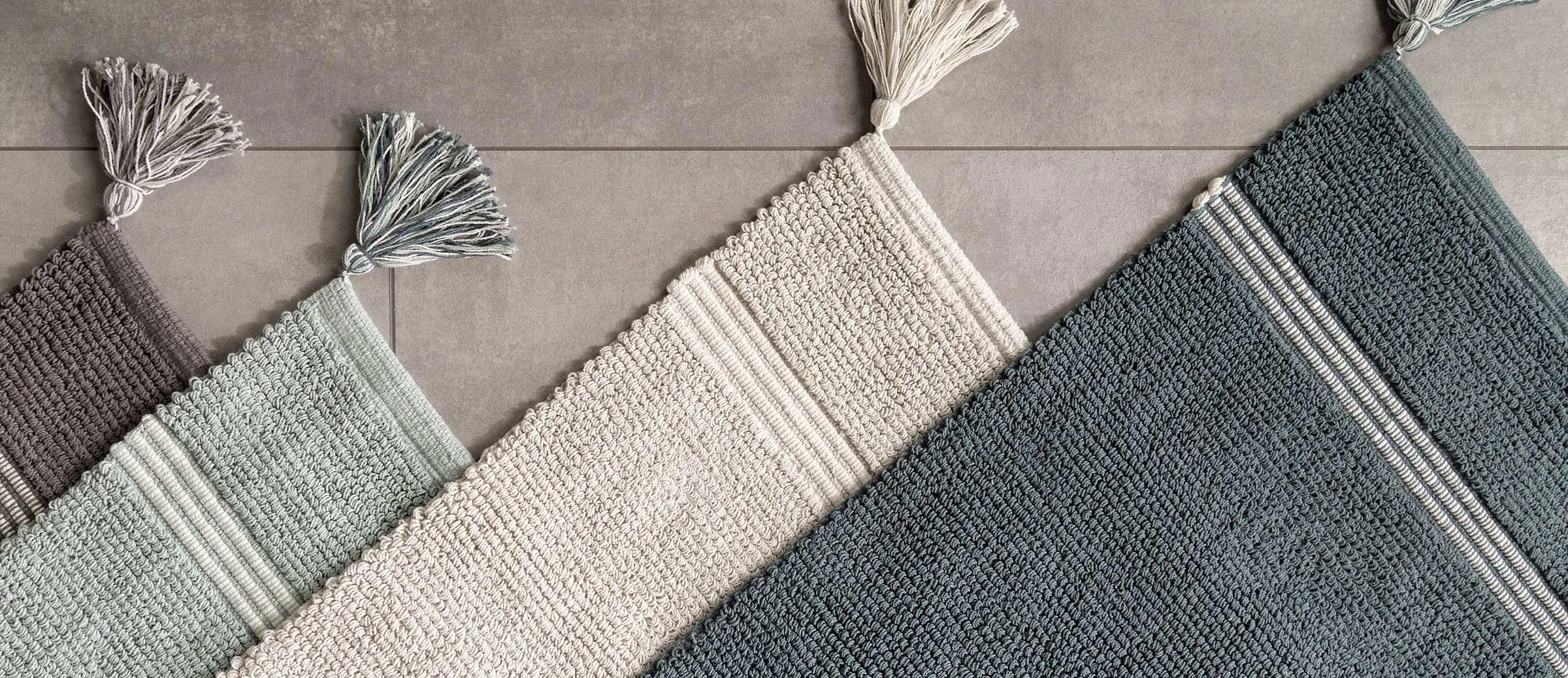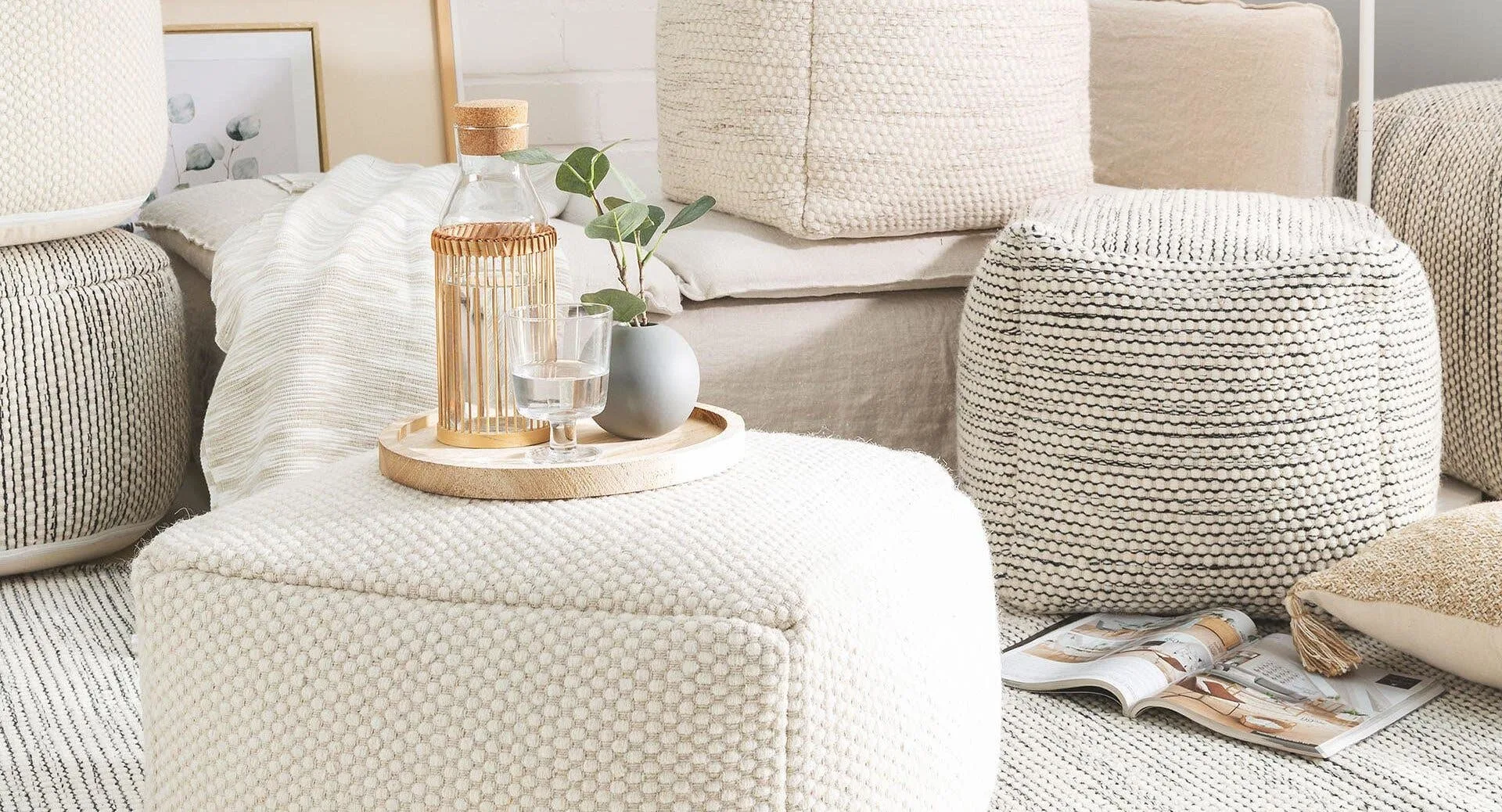Rugs and Underfloor Heating
In order to understand why single rugs or even laid carpeting cannot always be optimally harmonized with underfloor heating, it is necessary to know and comprehend how underfloor heating works. A classic underfloor heating system is operated with hot water and works with heat radiation that is emitted via the floor. Unlike heating with a heater, the room is warmed evenly over the floor surface. In order to avoid unnecessarily high costs, it is therefore important to first apply a floor that is best suited to under-floor heating.Cork and woven floor coverings are less suitable for heating with underfloor heating; tiled floors, on the other hand, are a good choice as they allow the heat given off to pass through best. However, tiled floors often appear cool and do not always match the rest of the interior. Individual, well-placed rugs can counteract this coolness, as they round off the overall appearance of a room and make it feel more cozy.
How to Heat With Underfloor Heating
Keeping your home warm and cozy featuring underfloor heating requires some patience and definitely more time compared to a normal radiator, so it should be initiated well in advance. Also, unlike a conventional heating system, which can be switched on and off in a short time, the heating should be continuous. You might think that constant heating leads to higher costs? In fact, permanent heating is more likely to prevent high costs. Constant regulation as with a radiator means more energy consumption and can therefore be quite expensive. The great advantage of underfloor heating is that it takes longer for the heat to evaporate from the room, as it is stored for a longer time. But underfloor heating has other advantages as well: Firstly, the heat is distributed evenly in the room and no unsightly radiators are visible. It also ensures a pleasant climate and is ideal for allergy sufferers.



